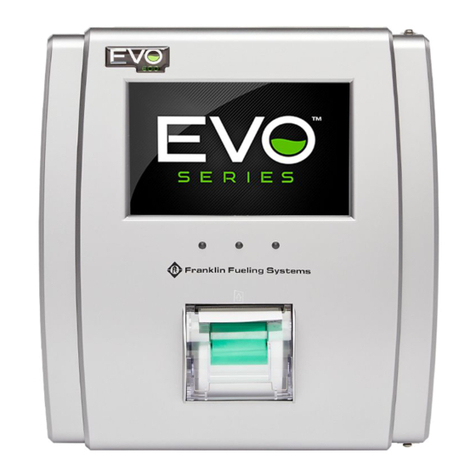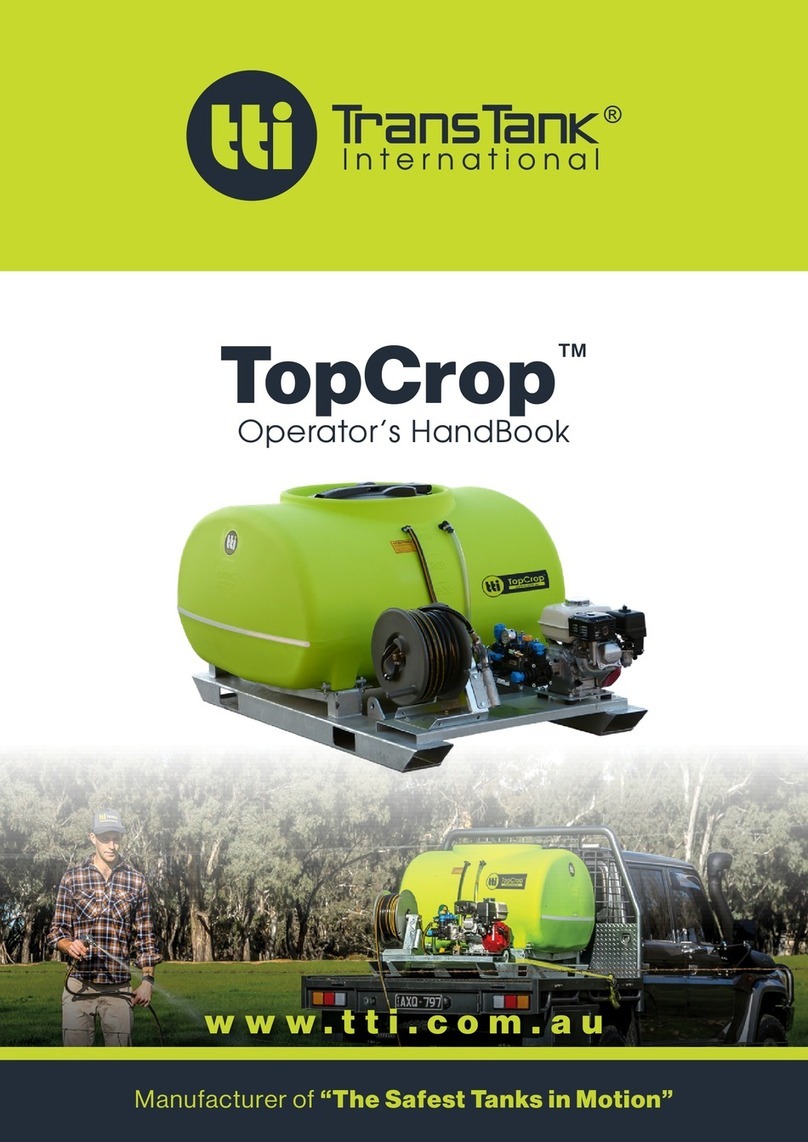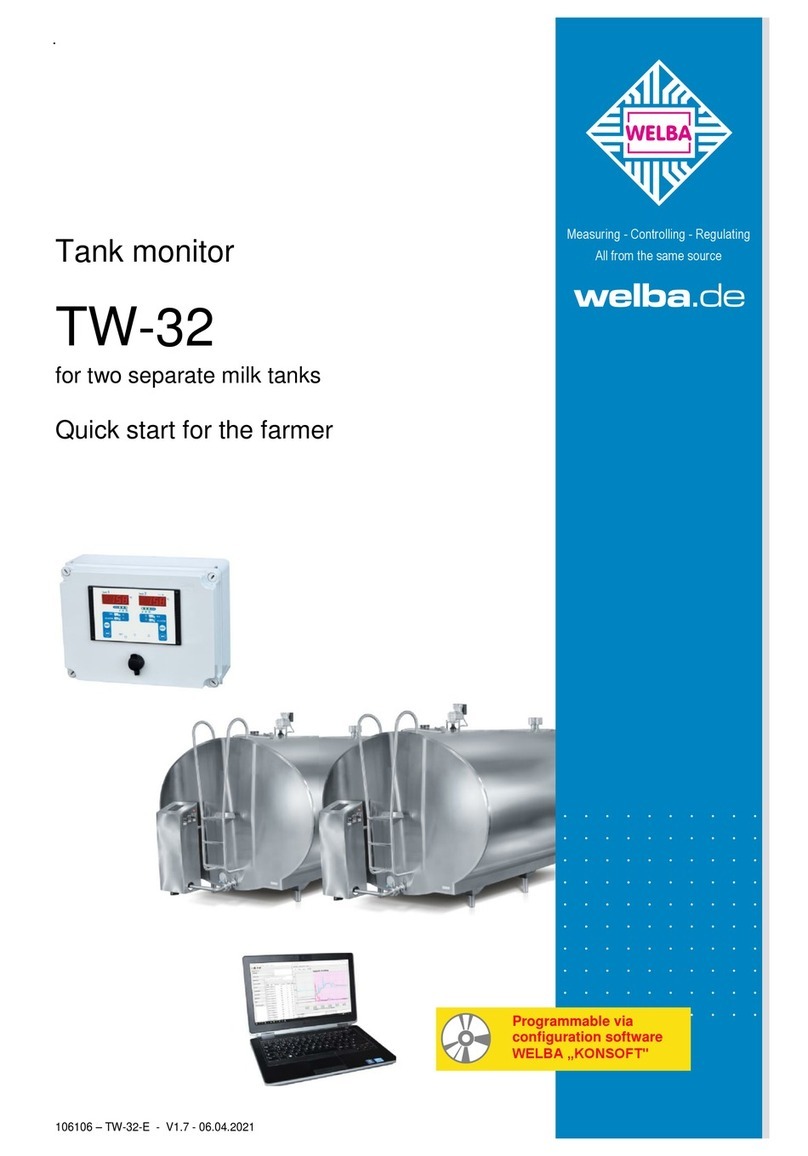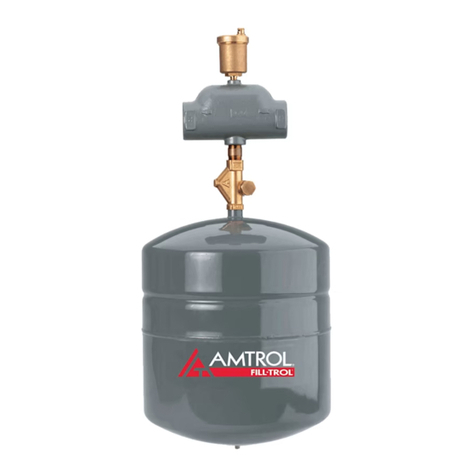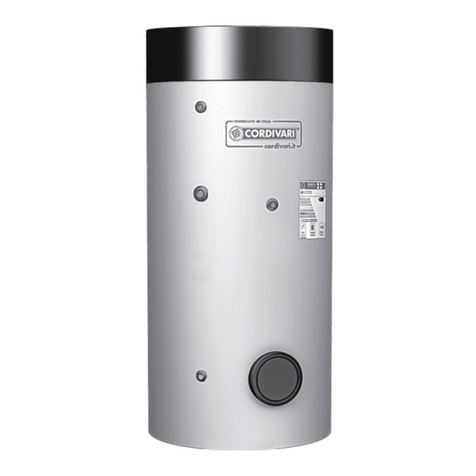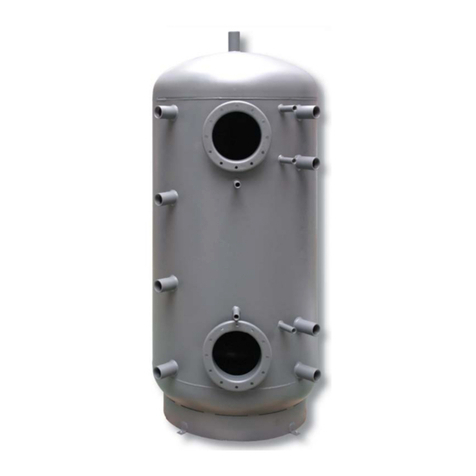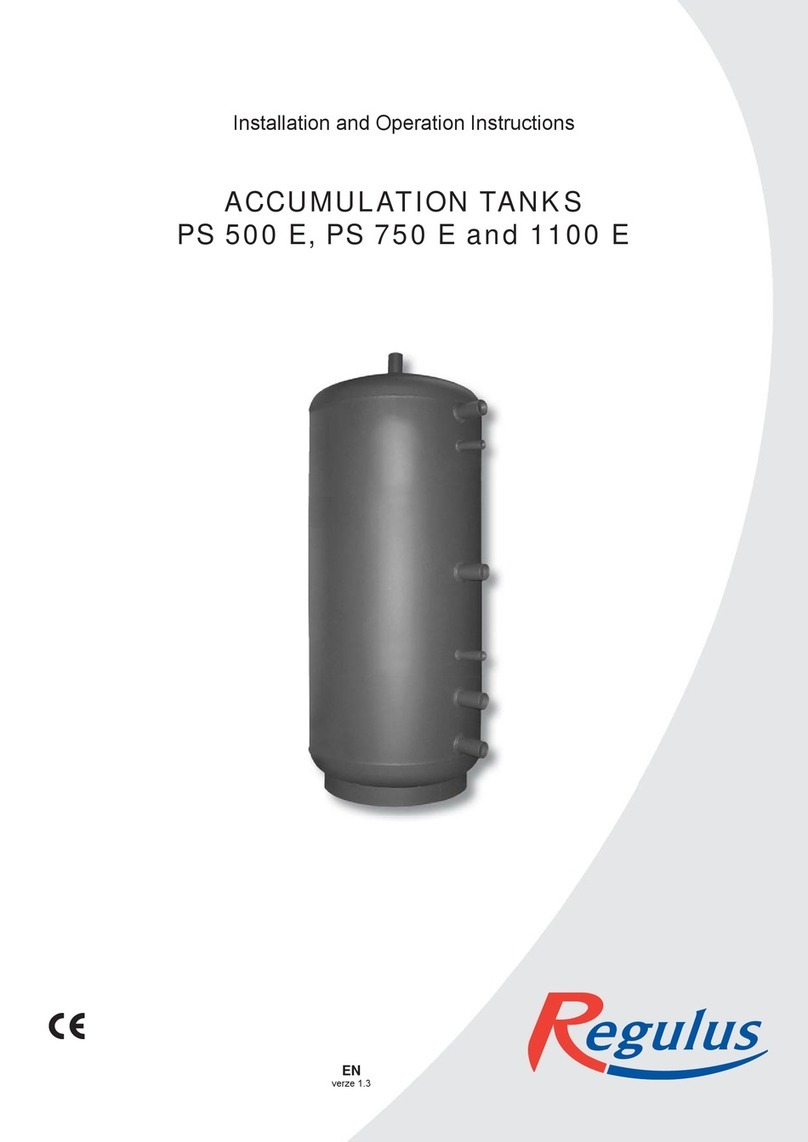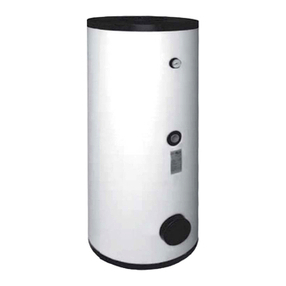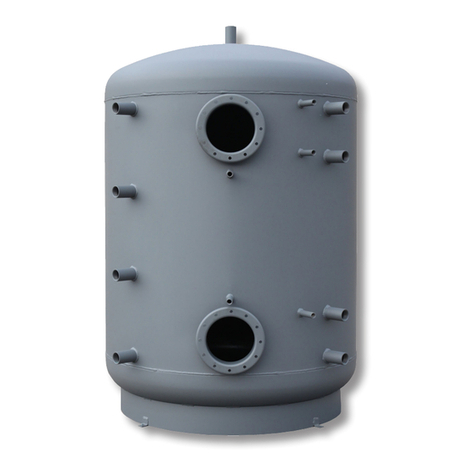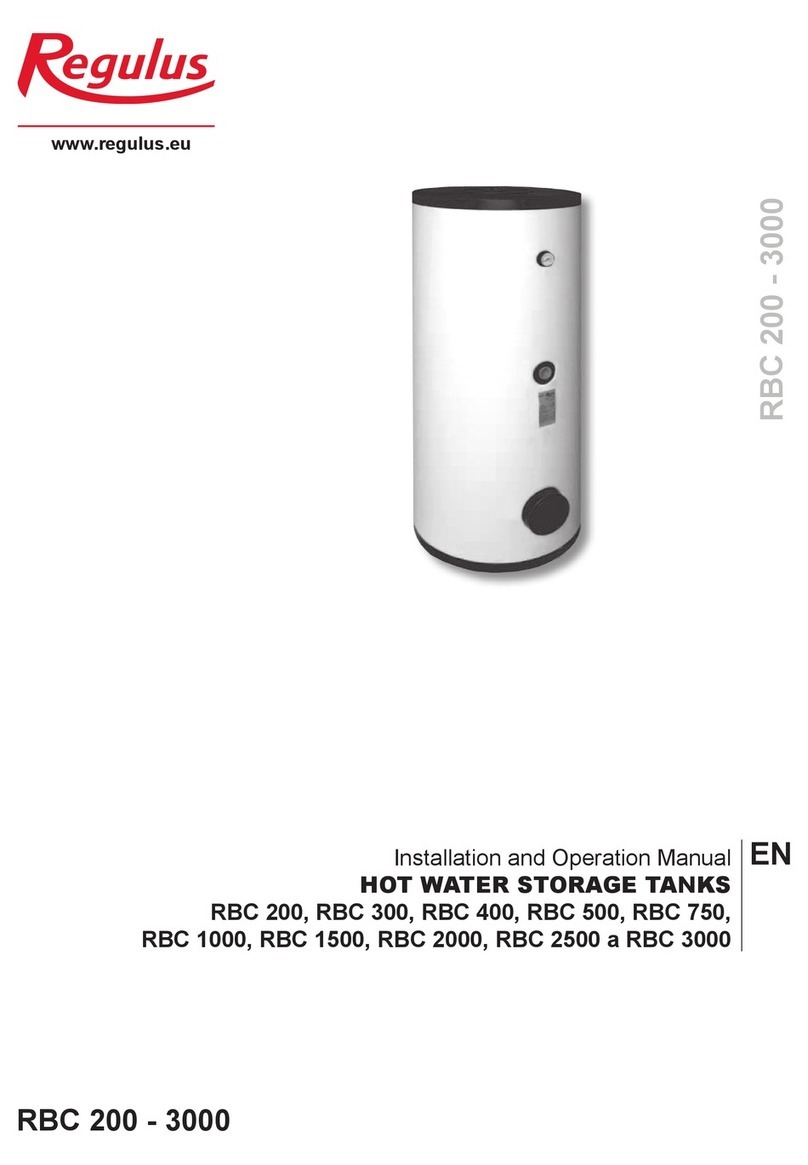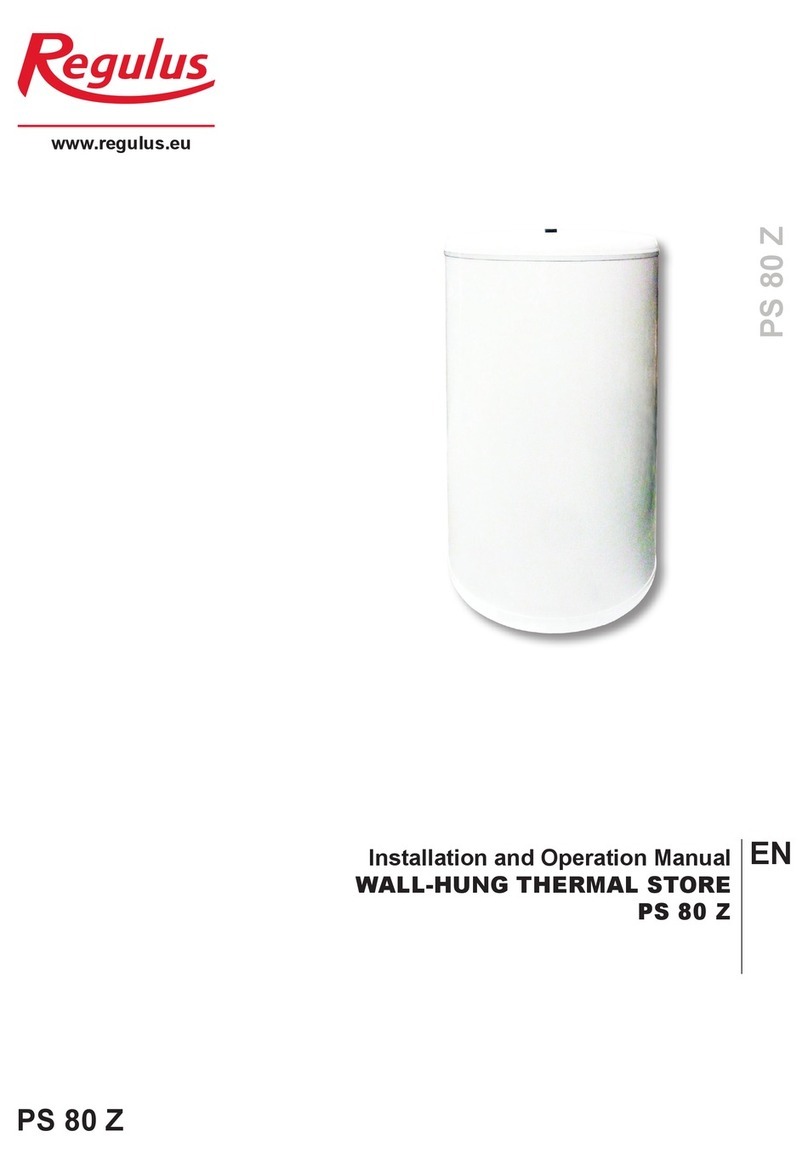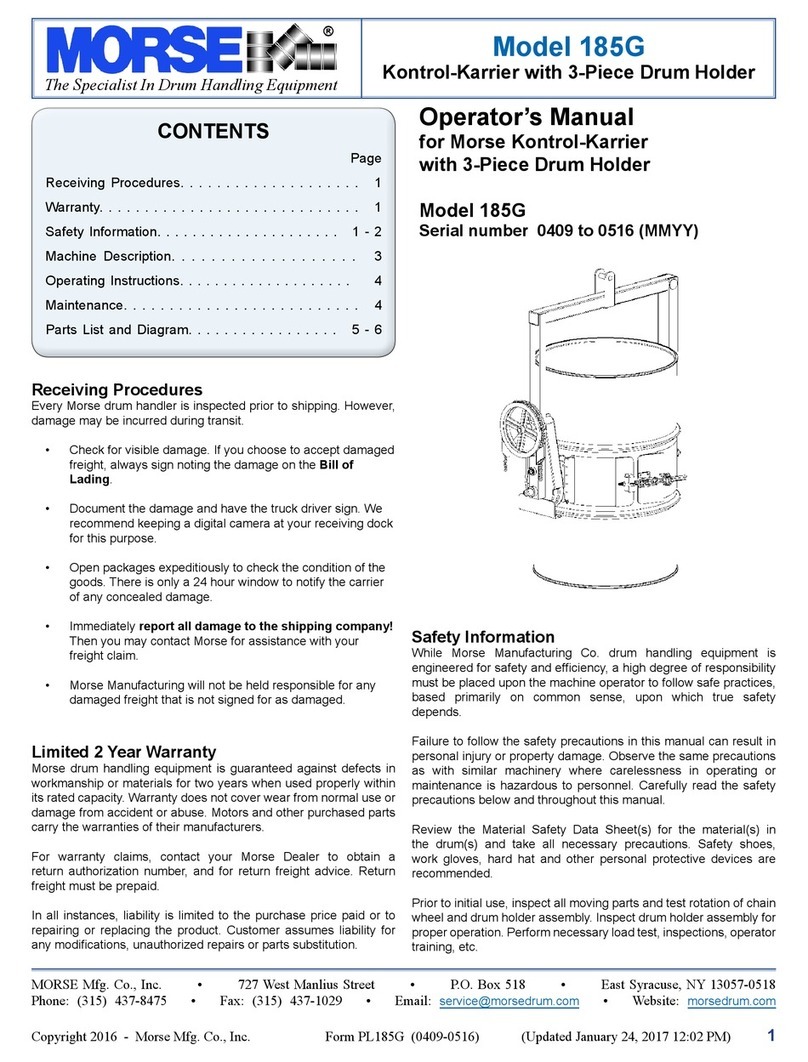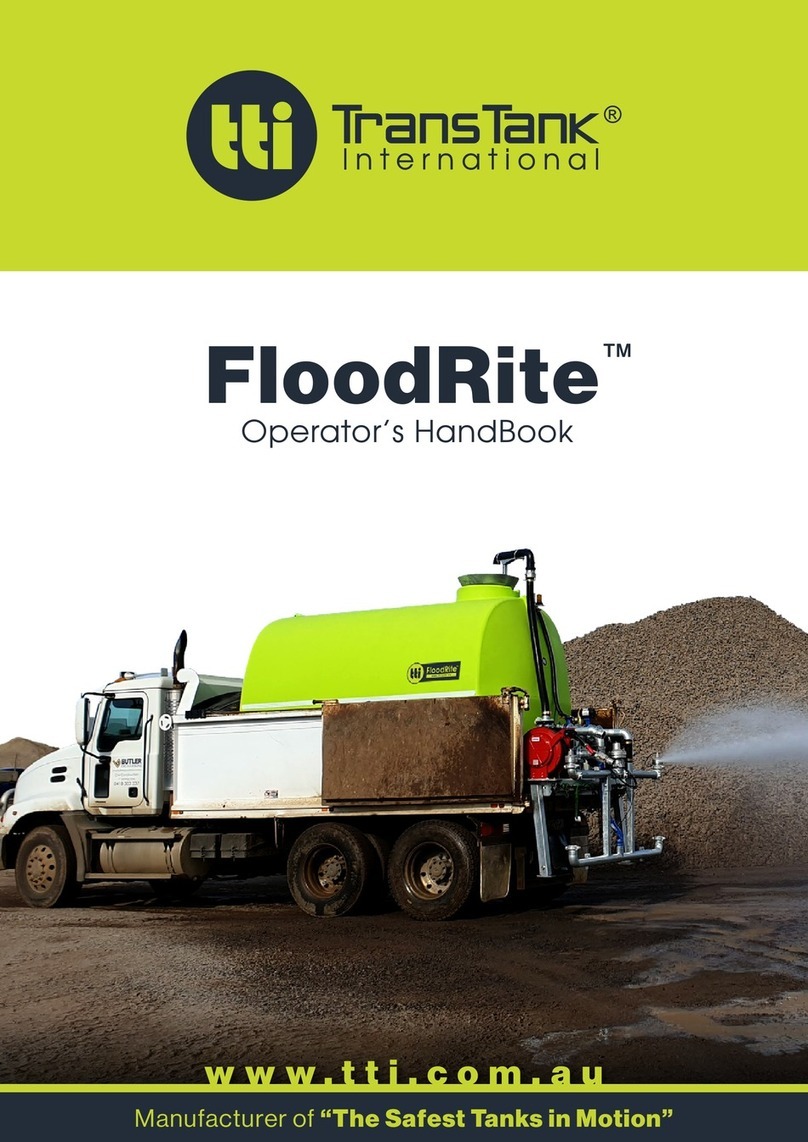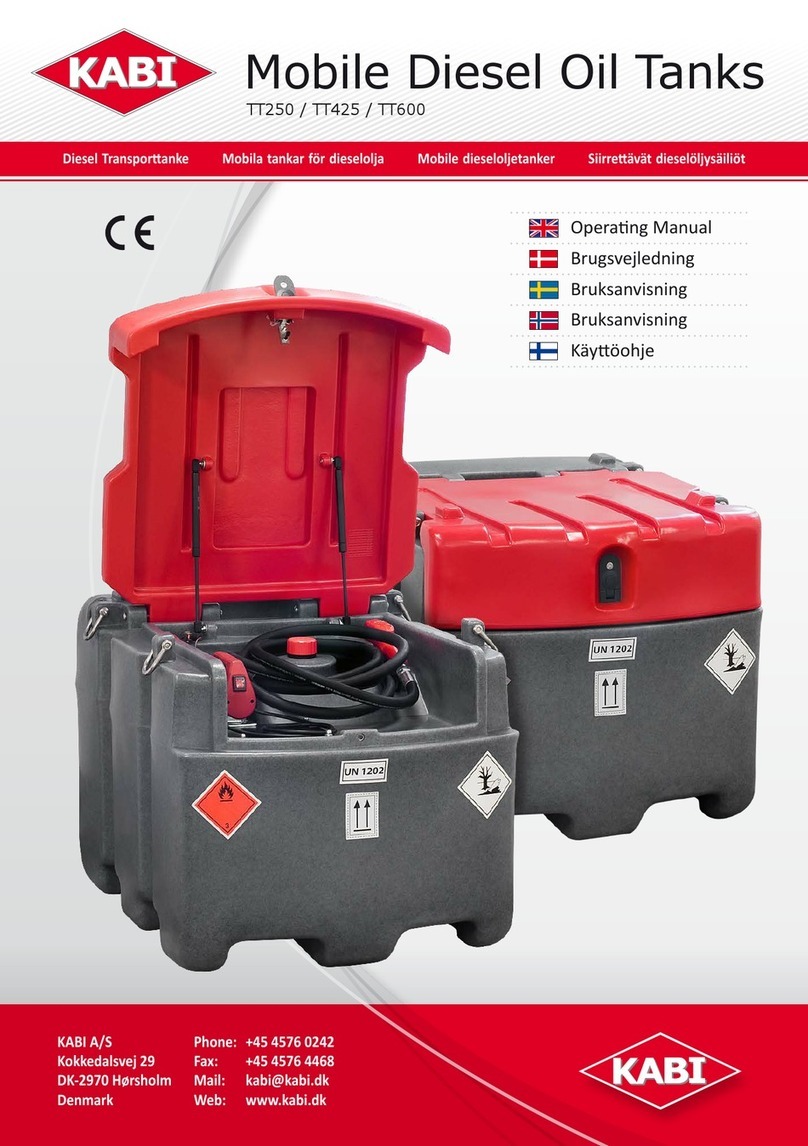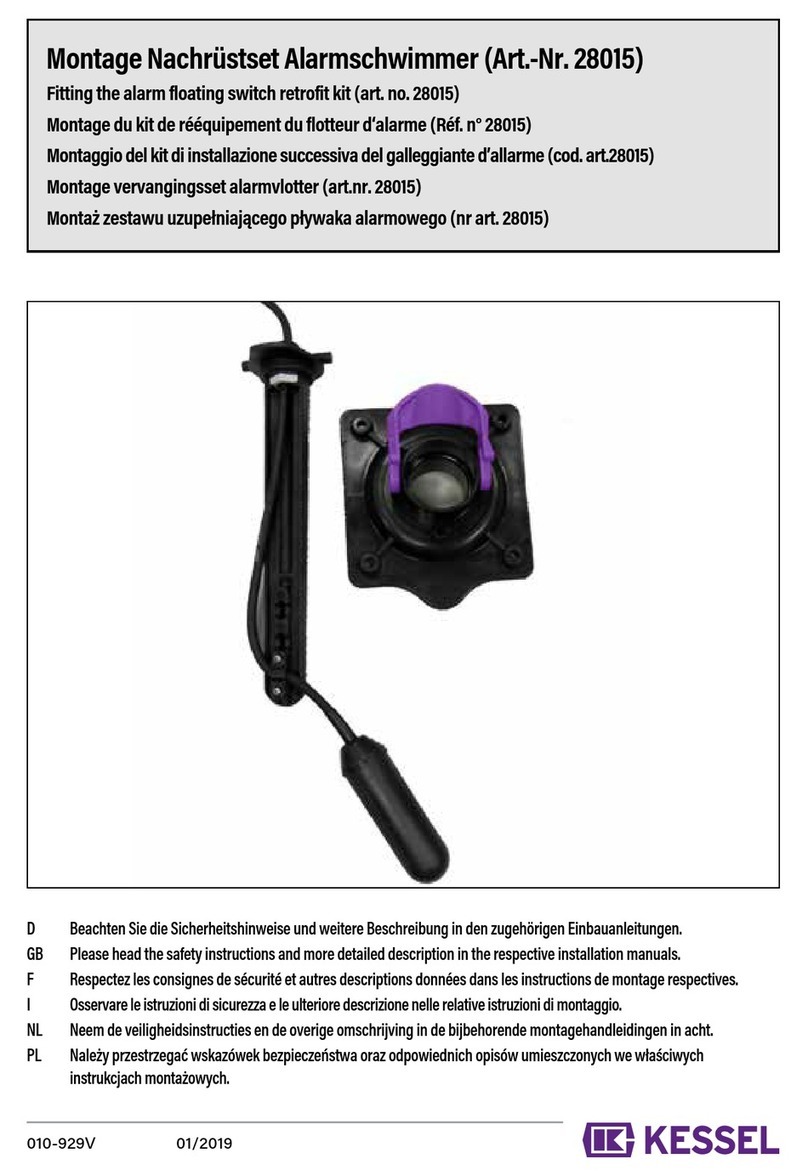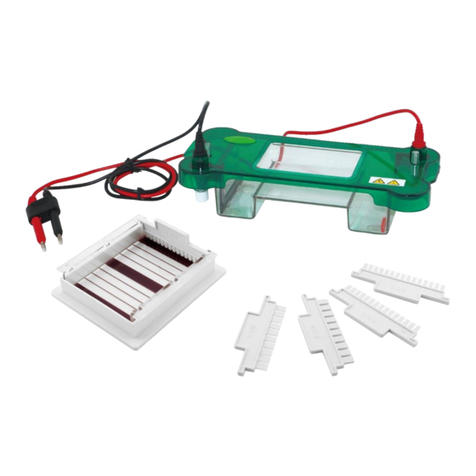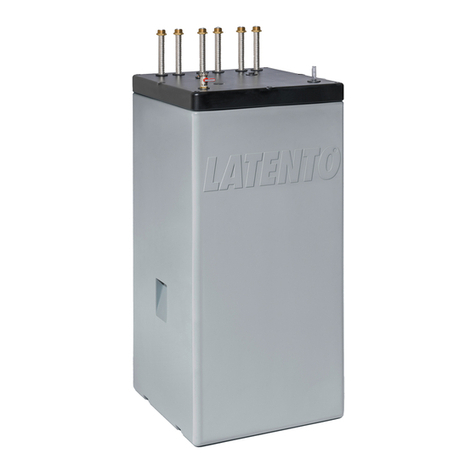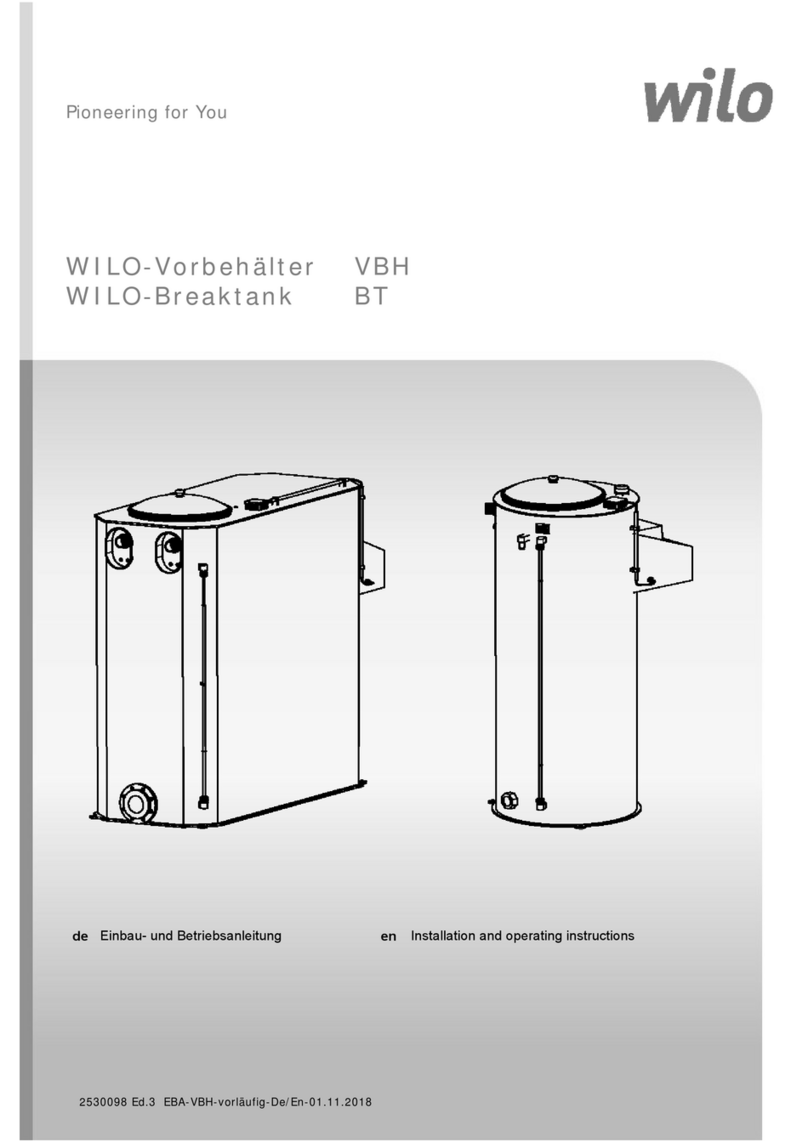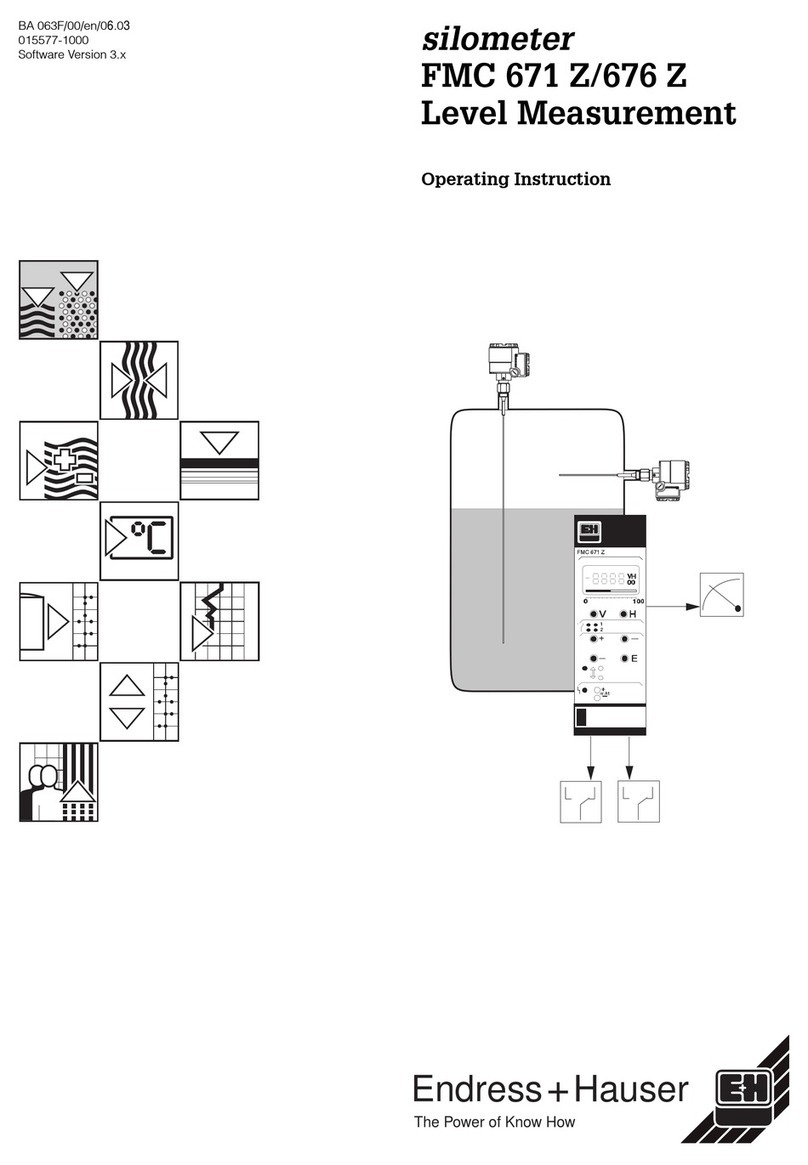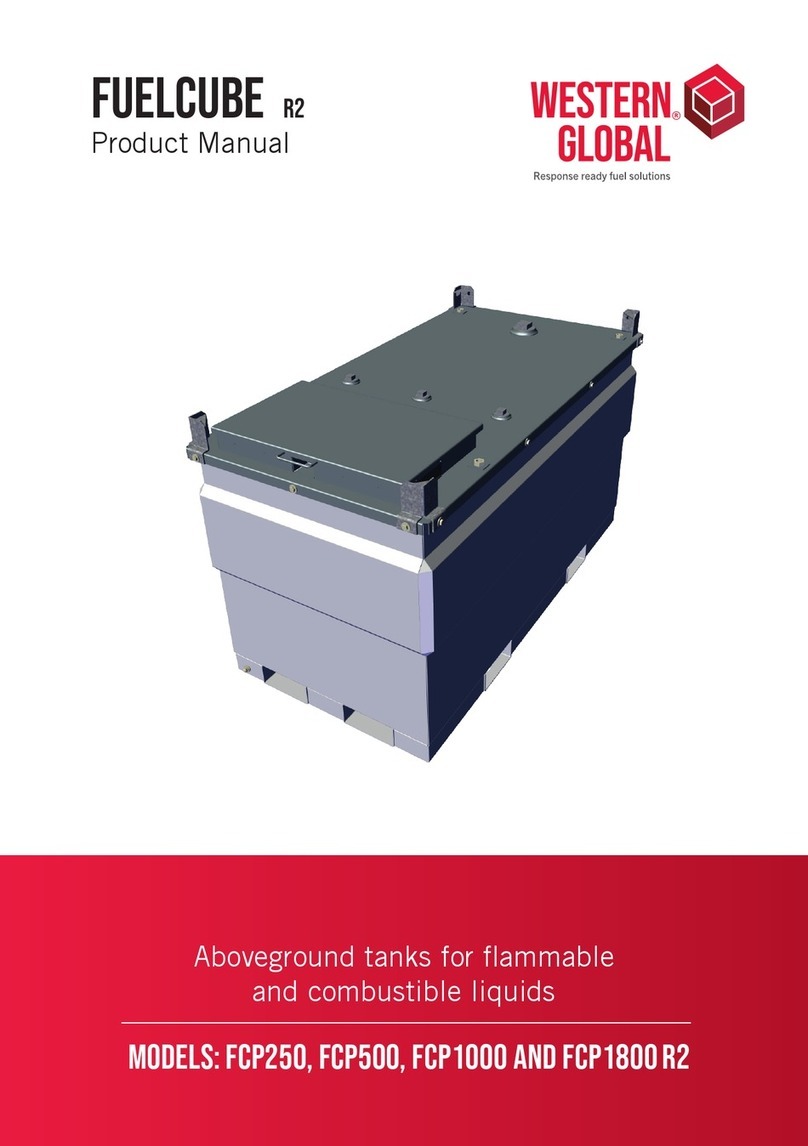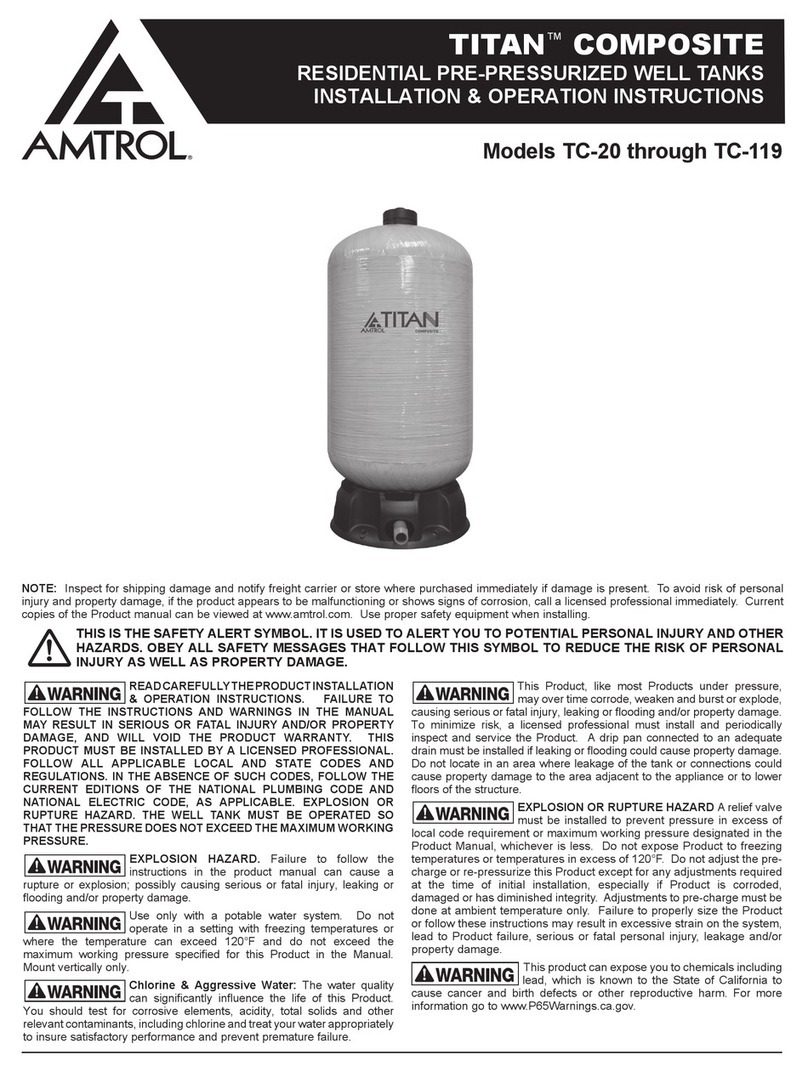
9 │
REGULUS - RBC HP Hot Water Storage Tanks - www.regulus.eu
6 - Installation and Commissioning
Installation shall meet valid rules and may be done only by qualied staff. The tank shall be placed on the
oor, as close to the heat source as possible.
Warning: Defects caused by improper installation, use or handling are not covered by warranty.
6.1 - Connection to heat sources
Connect the heat source to the X1, X2 inlet and outlet of the heat exchanger using G 5/4” ttings.
6.2 - Connection to a solar thermal system
The tank can be used with a solar thermal system. In such a case, the inlet from the solar thermal system shall
be connected to the upper connection X1 of the G 5/4” heat exchanger and the lower outlet X2 to the return
piping to the solar thermal system. Insulate meticulously all the piping between the tank and the solar thermal
system using insulation suitable for solar systems.
6.3 - Heating element installation
An electric heating element can be installed in the side connection E1 with a G 6/4“ thread (the RBC 1000 HP
and RBC 1500 HP tanks are not tted with a connection for the installation of an electric heating element).
Tanks of all sizes can be retrotted with another heating element by inserting it into the lower ange L1. The
precondition is that the magnesium anode rods are replaced with an electronic anode rod and the factory-
-supplied anges with a new ange containing a G 6/4“ connection for the installation of an electric heating
element and a G 1/2“ connection for the electronic anode rod. Ordering codes for kits with el. anode rods
with a ange for the installation of another heating element can be found in the table in chapter 6.5. Heating
elements of output up to 12 kW can be used (depending on the tank diameter and element length), connected
either directly to the mains (thermostat-equipped elements), or to a heating system controller. The installation
may be done by qualied staff only.
Warning: Electric heating elements shall be protected by a safety thermostat.
6.4 - Connection to water mains
DHW piping shall be done according to valid rules. G 5/4“ ttings are used to connect the tank to a cold water
inlet and hot water outlet. A safety kit shall be installed at the cold water inlet that meets the requirements of
ČSN 06 0830, e.g. codes 17387 or 18678 depending on the tank volume. Installation of a reducing valve at
the tank inlet is recommended. If the pressure from water mains exceeds 6 bar, a reducing valve is necessary.
In order to prevent water loss, an expansion tank should be installed at the cold water inlet as well (8 l volume
for RBC 200 HP, 12 l volume for RBC 300 HP and 400 HP, 18 l volume for RBC 500 HP, 24 l volume for RBC
750 HP, 35 l volume for RBC 1000 HP, 60 l volume for RBC 1500 HP).
Should the water be too hard, install a water softener before the tank. In case the water contains mechanical
impurities, install a strainer.
Install a PTR valve at the hot-water outlet from the tank, e.g. code 17240 with a connection kit 17526. A suita-
ble thermostatic mixing valve should be also installed, preventing too hot water from entering the taps.
Install a drain valve to the lowest point of the tank. Complete DHW piping shall be properly insulated.
6.5 - Electronic anode rod installation
A so called electronic anode rod can be used instead of the magnesium one. In such a case it is not necessa-
ry to take out the rod for check, just visual check of the indication lamp of the electronic anode rod is sufcient.
To install the electronic anode rod, it is necessary to remove all magnesium anode rods from the tank. Sufci-
ent space is needed between above the tank permitting to install the electronic anode rod, see the table below
with recommended anode lengths.

